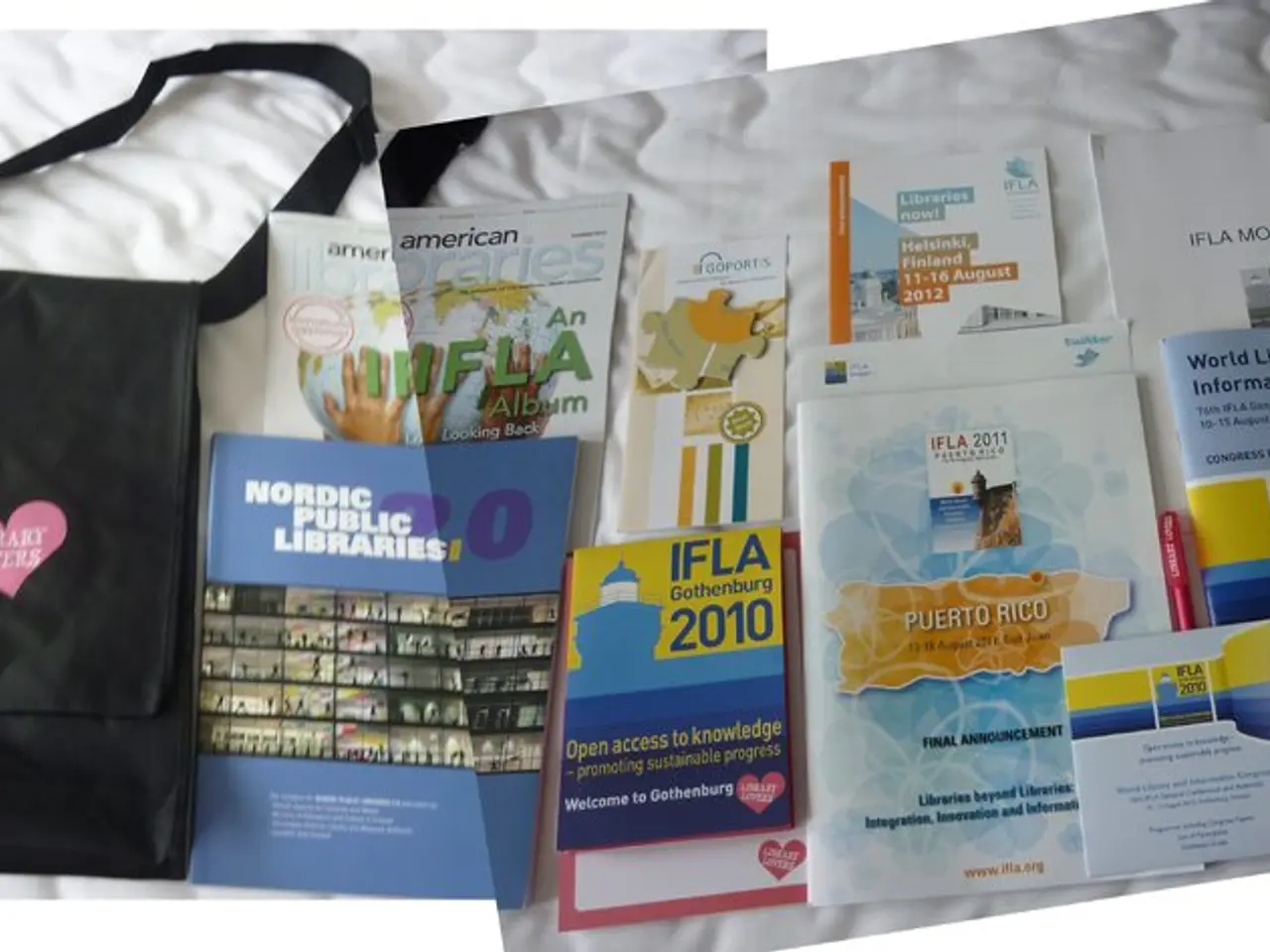Seeking Additional Resources at the New York Public Library Beyond Borrow Direct
================================================================================
In his latest article for the Junior Paper (JP), Social Sciences Correspondent Rafi Lehmann discusses strategies for accessing specialized and niche historical sources that may not be available through Borrow Direct or Princeton's Interlibrary Loan (ILL) services.
One solution is to utilise specialized digital primary source collections. Many universities and libraries subscribe to extensive databases covering diverse geographical areas and time periods. Examples include AM, ProQuest Digital Collections, and Gale’s cross-searchable primary source platforms, which often include newspapers, letters, manuscripts, official documents, and other rare materials not always accessible via standard interlibrary loan services.
Another approach is to explore large online archives and portals. Platforms such as Chronicling America (Library of Congress) provide access to digitized historical American newspapers between 1836 and 1922, with advanced search features. Academic portals aggregate diverse documents including photographs, letters, and newspapers from multiple archival repositories, enhancing access to niche materials beyond direct university holdings.
For unique collections, accessing international and institutional archives can be beneficial. Some resources are available through national archives like the UK’s National Archives or the American NARA, university libraries, or specialized institutional archives that hold unique collections. Often these have digital facsimiles or detailed catalogs online that can be explored remotely, sometimes with free or institutional access.
To gain insights from experts, contacting subject specialists and faculty librarians is recommended. Librarians or faculty with expertise in history or the specific niche you are researching can guide you to specialized databases or archives not linked through general ILL. Some universities have research guides curated by subject librarians that list valuable external primary sources and digital collections tailored to particular historical fields.
Lastly, using interdisciplinary and collaborative networks can help access materials for very niche topics. Associations or research networks in history may offer access to shared resources or suggest ways to obtain materials through professional contacts.
When it comes to Princeton's Borrow Direct program, the article discusses how it enables students to order books from other university libraries for free using their PUID. Books ordered through Borrow Direct arrive a few days later and are picked up from the front desk, wrapped in paper and marked with the student's name. However, the article does not provide information about the program's limitations for accessing niche, hard-to-find primary sources.
The article also mentions Interlibrary Loan (ILL), but does not provide details about the time it takes for ILL to meet requests for hard-to-find primary sources or any specific new features or changes in the Borrow Direct program. Additionally, the article does not discuss a specialized Princeton librarian to help students access hard-to-find primary sources.
Lastly, the article does not mention the New York Public Library's archive of the periodical Fun Letstn Khurbn: tsaytshrift far geshikhte fun yidishn lebn beysn natsi-rezhim (From the Last Catastrophe: Journal for the History of Jewish Life under the Nazi Regime).
In conclusion, combining large digital primary source collections, specialized archive portals, institutional expertise, and collaborative networks can help students access historical sources beyond the reach of Borrow Direct or Princeton’s ILL services.
- For lifelong learning, considering online education resources like specialized digital primary source collections, such as AM, ProQuest Digital Collections, and Gale’s cross-searchable primary source platforms, can provide niche historical information unavailable through standard interlibrary loan services.
- Pursuing education-and-self-development, exploring large online archives and portals, like Chronicling America, or academic portals that aggregate documents from multiple archival repositories, can enhance one's learning by offering access to unique and rare historical materials not always found within university holdings.




